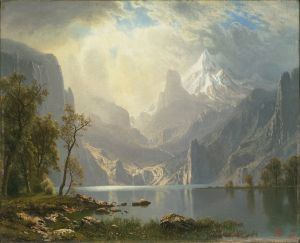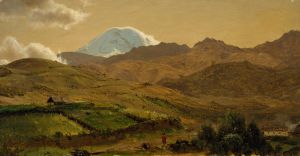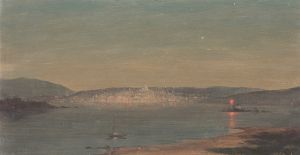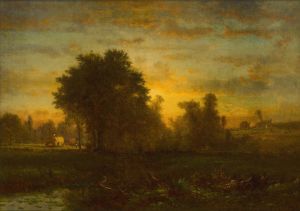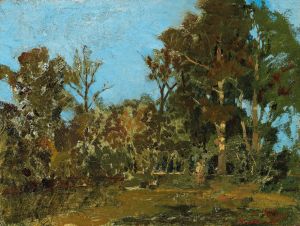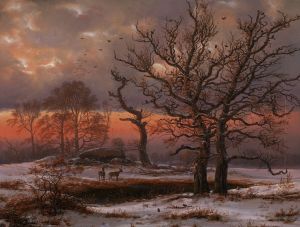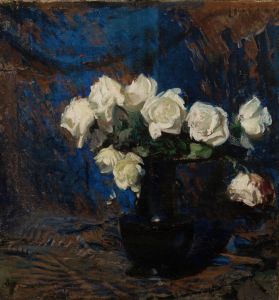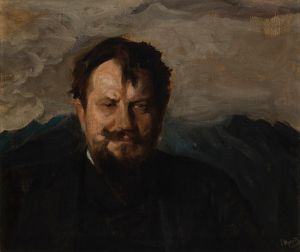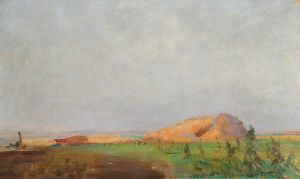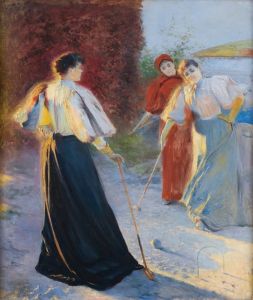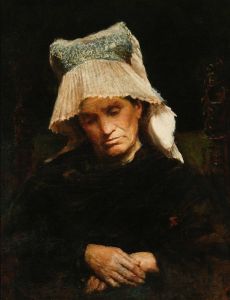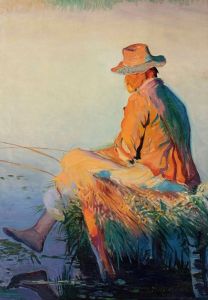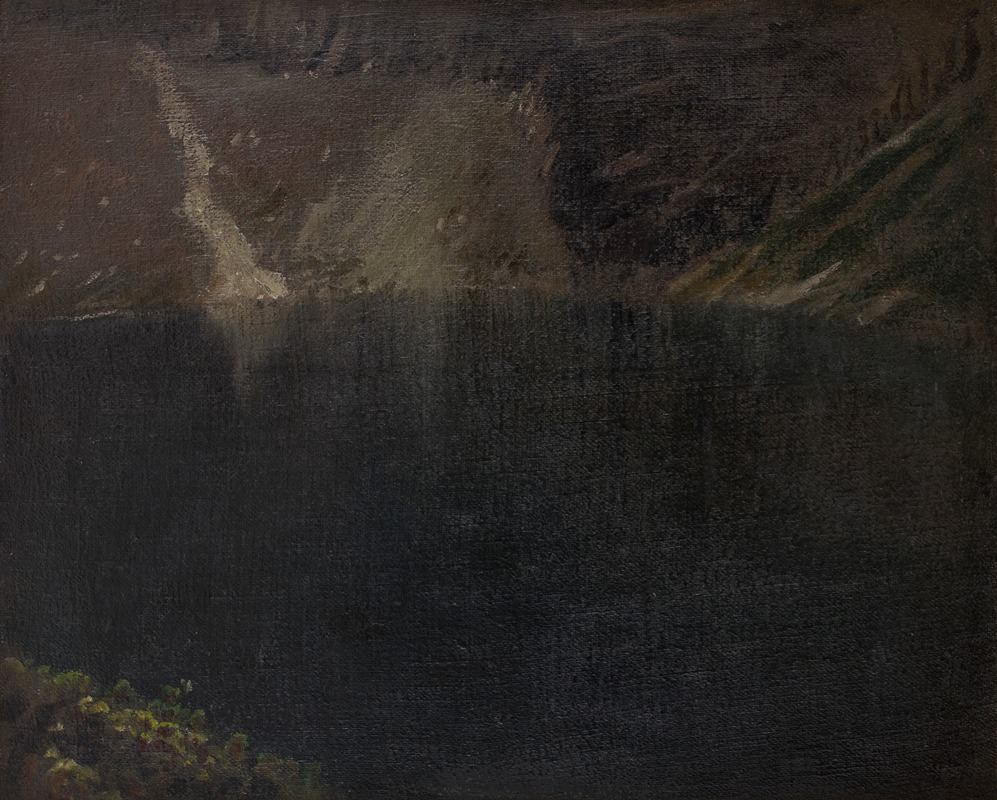
Czarny Staw
A hand-painted replica of Leon Wyczółkowski’s masterpiece Czarny Staw, meticulously crafted by professional artists to capture the true essence of the original. Each piece is created with museum-quality canvas and rare mineral pigments, carefully painted by experienced artists with delicate brushstrokes and rich, layered colors to perfectly recreate the texture of the original artwork. Unlike machine-printed reproductions, this hand-painted version brings the painting to life, infused with the artist’s emotions and skill in every stroke. Whether for personal collection or home decoration, it instantly elevates the artistic atmosphere of any space.
Leon Wyczółkowski's painting "Czarny Staw" is a notable work by the Polish artist, who is recognized for his contributions to the Young Poland movement and his mastery in various artistic techniques. Wyczółkowski was born on April 11, 1852, in Huta Miastkowska, Poland, and he became one of the most prominent figures in Polish art during the late 19th and early 20th centuries.
"Czarny Staw," which translates to "Black Pond," is a landscape painting that captures the serene and somewhat mysterious atmosphere of a pond surrounded by nature. The painting is known for its detailed depiction of natural elements and the use of light and shadow to create a sense of depth and tranquility. Wyczółkowski's skillful use of color and brushwork brings the scene to life, making the viewer feel as if they are standing at the edge of the pond, observing the reflections on the water and the lush greenery around it.
Wyczółkowski was a versatile artist who worked in various media, including oil painting, watercolor, and pastel. His ability to capture the essence of the Polish landscape and its natural beauty is evident in "Czarny Staw." The painting reflects his deep appreciation for nature and his keen eye for detail, which were hallmarks of his artistic style.
Throughout his career, Wyczółkowski was influenced by various art movements, including Impressionism and Realism. His work often combined elements of these styles, resulting in a unique and recognizable aesthetic. "Czarny Staw" exemplifies this blend, with its realistic portrayal of the natural environment and the impressionistic treatment of light and color.
Leon Wyczółkowski was also a prominent figure in the Polish art community, contributing to the development of art education in Poland. He was a professor at the Academy of Fine Arts in Kraków, where he influenced a new generation of Polish artists. His dedication to teaching and his contributions to Polish culture have left a lasting legacy.
The exact date of the creation of "Czarny Staw" is not well-documented, but it is believed to have been painted during the height of Wyczółkowski's career, when he was actively exploring and depicting the Polish landscape. The painting is part of the collection of the National Museum in Kraków, which houses many of Wyczółkowski's works and serves as a testament to his significant impact on Polish art.
In summary, "Czarny Staw" by Leon Wyczółkowski is a beautiful and evocative landscape painting that showcases the artist's talent and his deep connection to the natural world. It remains an important piece within the context of Polish art history and continues to be admired for its artistic merit and the serene beauty it portrays.





